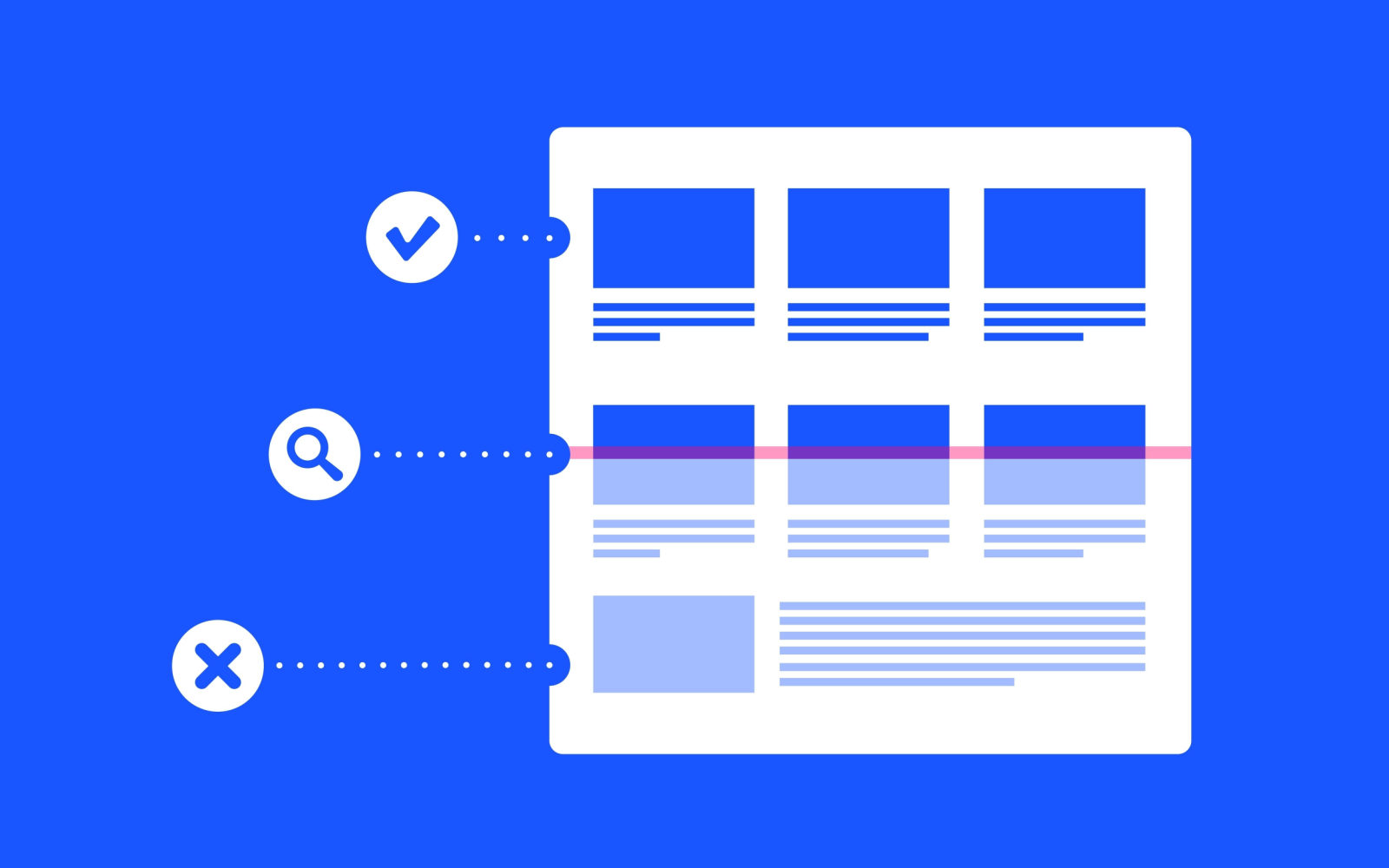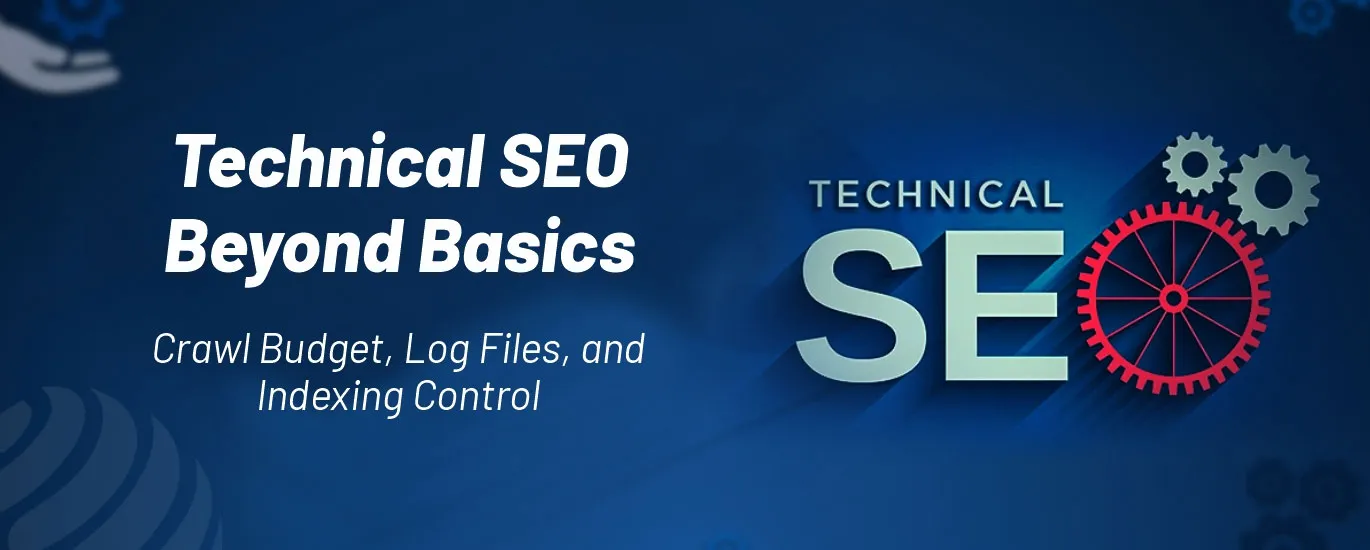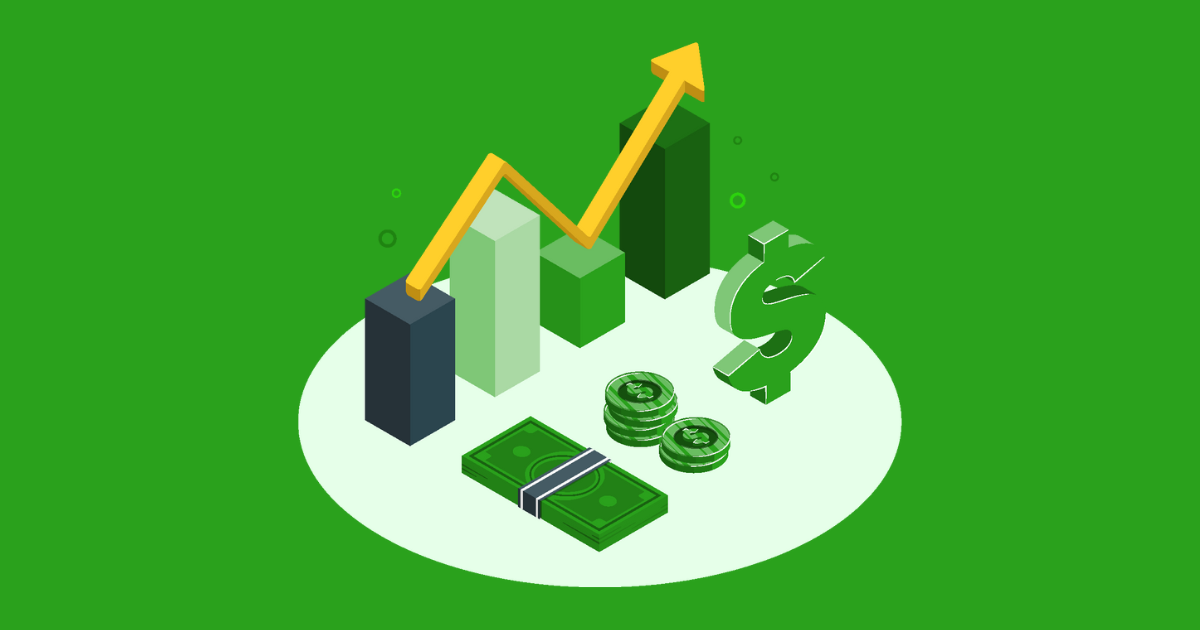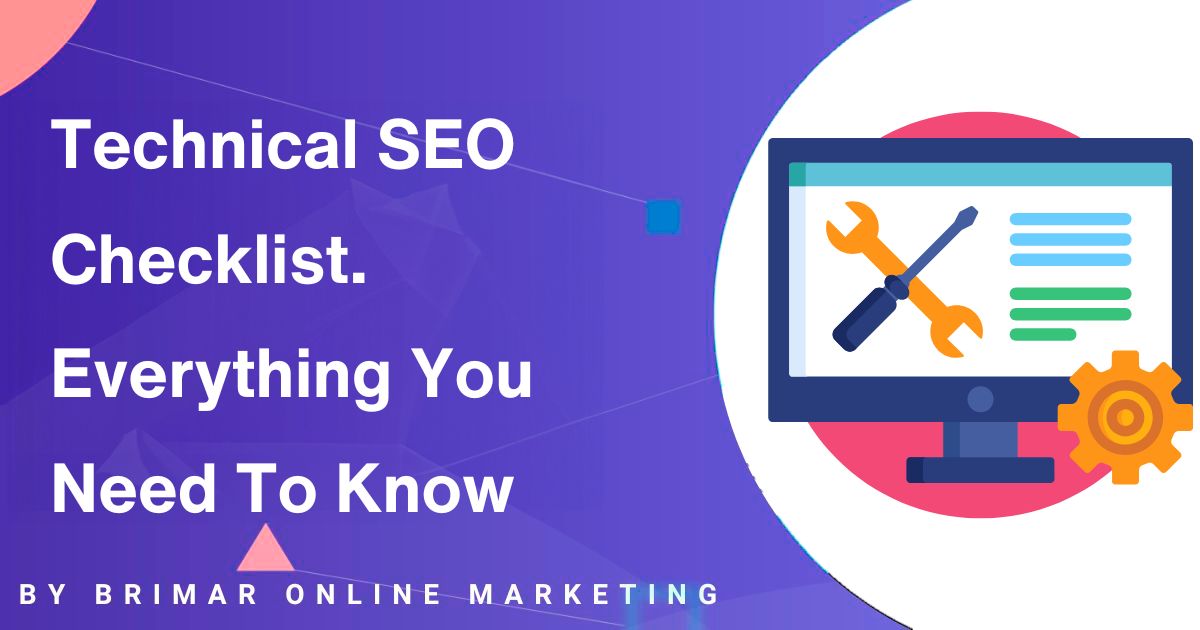Technical SEO Best Practices for Maximizing Crawl Budget and Indexing Speed
Optimizing your website’s crawl budget and indexing speed is essential for ensuring search engines efficiently discover, crawl, and index your most valuable content. Here are the most effective technical SEO practices for 2025, based on current industry standards and expert recommendations.
Crawl Budget Optimization
Crawl budget refers to the number of pages Googlebot will crawl on your site within a given timeframe. Wasting this budget on low-value or duplicate pages can slow down the discovery of important content.
- Minimize Crawl Waste: Exclude non-essential pages (e.g., filters, search results, test environments, outdated content) from crawling using robots.txt or noindex tags. Regularly audit your site to identify and remove or block such pages.
- Streamline Site Architecture: Organize content logically with clear hierarchies and meaningful URLs (e.g., /products/jackets/men). Ensure important pages are reachable within a few clicks via internal links—ideally no more than three clicks from the homepage.
- Avoid Duplicate Content: Use canonical tags to signal the preferred version of a page when multiple URLs display similar content. For multilingual sites, implement hreflang tags to clarify language and regional targeting.
- Optimize URL Parameters: Analyze and consolidate dynamic URL parameters. Use Google Search Console to specify how parameters should be handled, and avoid session IDs or unnecessary parameters in URLs to prevent duplicate crawling.
- Keep Sitemaps Accurate: Maintain up-to-date XML sitemaps that reflect your site’s current structure and submit them via Google Search Console. Consider splitting large sitemaps into smaller, thematic ones for better management.
- Leverage HTTP/2 and Server Push: These technologies can reduce server response times, allowing crawlers to process more pages in less time.
Indexing Speed Optimization
Indexing speed is how quickly your content appears in search results after publication. Faster indexing means your content can rank and drive traffic sooner.
- Improve Page Speed: Compress images, enable caching, use a CDN, and minimize render-blocking resources to help bots crawl more pages within their budget. Faster sites are crawled and indexed more efficiently.
- Fix Technical Issues: Regularly audit for broken links, redirect chains, and crawl errors. Use 301 redirects for moved pages and avoid long redirect chains, as each hop consumes crawl budget.
- Ensure Mobile-Friendliness: Google uses mobile-first indexing. A responsive, fast-loading mobile experience is critical for both crawling and ranking.
- Use Structured Data: Implement schema markup (e.g., Product, Article, LocalBusiness) to help search engines understand your content and potentially trigger rich results, which can improve visibility and CTR.
- Monitor with Search Console: Use Google Search Console to track indexing status, identify crawl errors, and inspect URLs for issues that might block indexing.
Ongoing Maintenance
- Conduct Regular Audits: Use tools like Screaming Frog, Google Search Console, and Google Analytics to identify and fix technical issues, monitor Core Web Vitals, and track keyword performance.
- Review Internal Linking: Strengthen your site’s internal link structure to ensure crawlers can easily discover all important pages.
- Update Content Regularly: Fresh, relevant content is more likely to be crawled and indexed promptly. Remove or update outdated pages to maintain a healthy site ecosystem.
Summary Table: Key Actions for Crawl Budget and Indexing Speed
| Action | Crawl Budget Benefit | Indexing Speed Benefit |
|---|---|---|
| Exclude low-value pages | Reduces waste, focuses on key pages | N/A |
| Streamline site architecture | Easier navigation for bots | Faster discovery of new content |
| Fix duplicate content | Prevents redundant crawling | Clearer signals for indexing |
| Optimize URL parameters | Reduces duplicate URLs | N/A |
| Maintain accurate sitemaps | Guides bots to important content | Faster discovery of new pages |
| Improve page speed | More pages crawled per session | Quicker rendering and indexing |
| Implement structured data | N/A | Enhanced understanding, rich results |
| Regular audits | Identifies crawl issues | Prevents indexing blockers |
Conclusion
Maximizing crawl budget and indexing speed requires a combination of technical precision and ongoing maintenance. Focus on eliminating crawl waste, optimizing site structure and performance, and using the right tools to monitor and guide search engines. These practices ensure your most important content is discovered, crawled, and indexed as efficiently as possible, giving you the best chance to rank and attract organic traffic.





